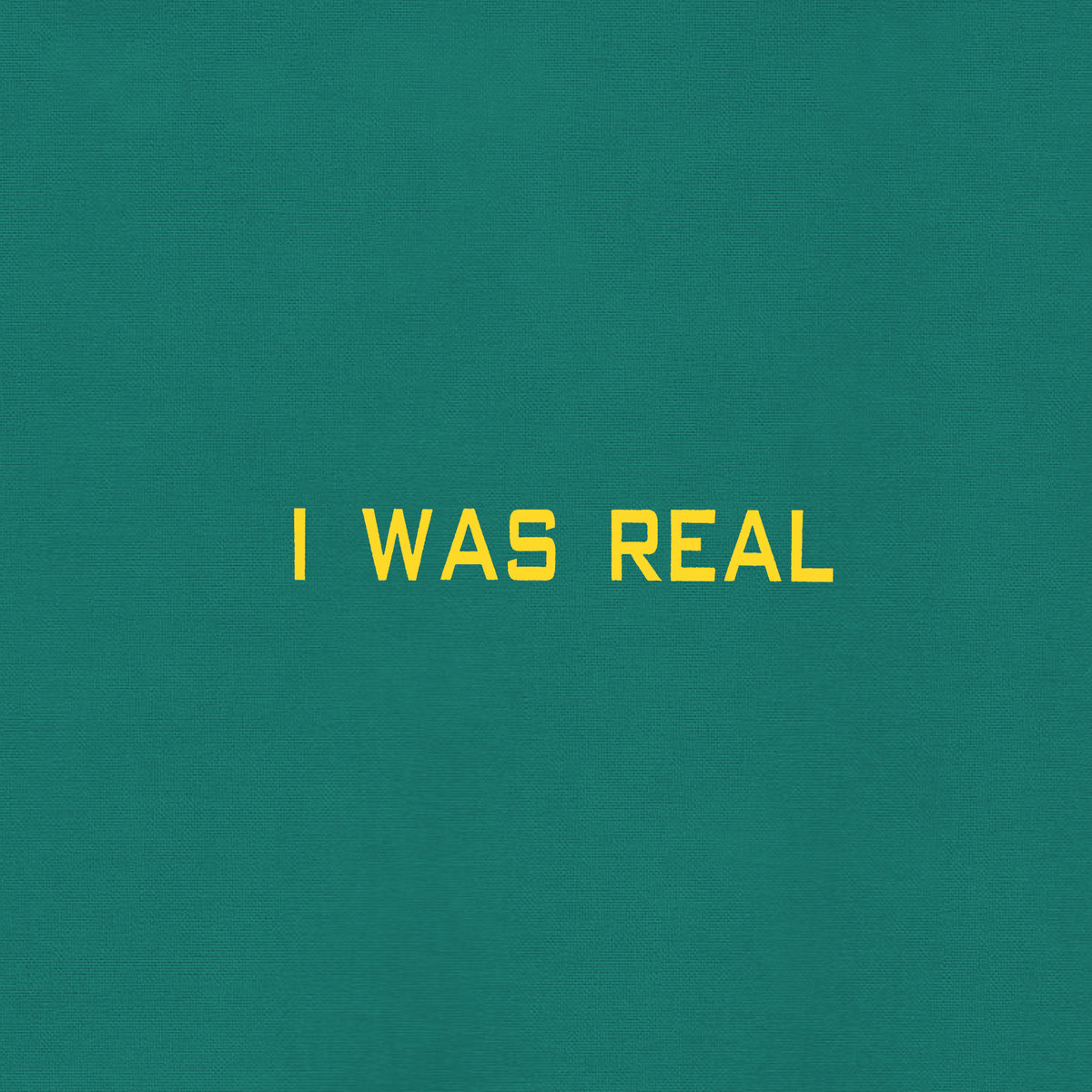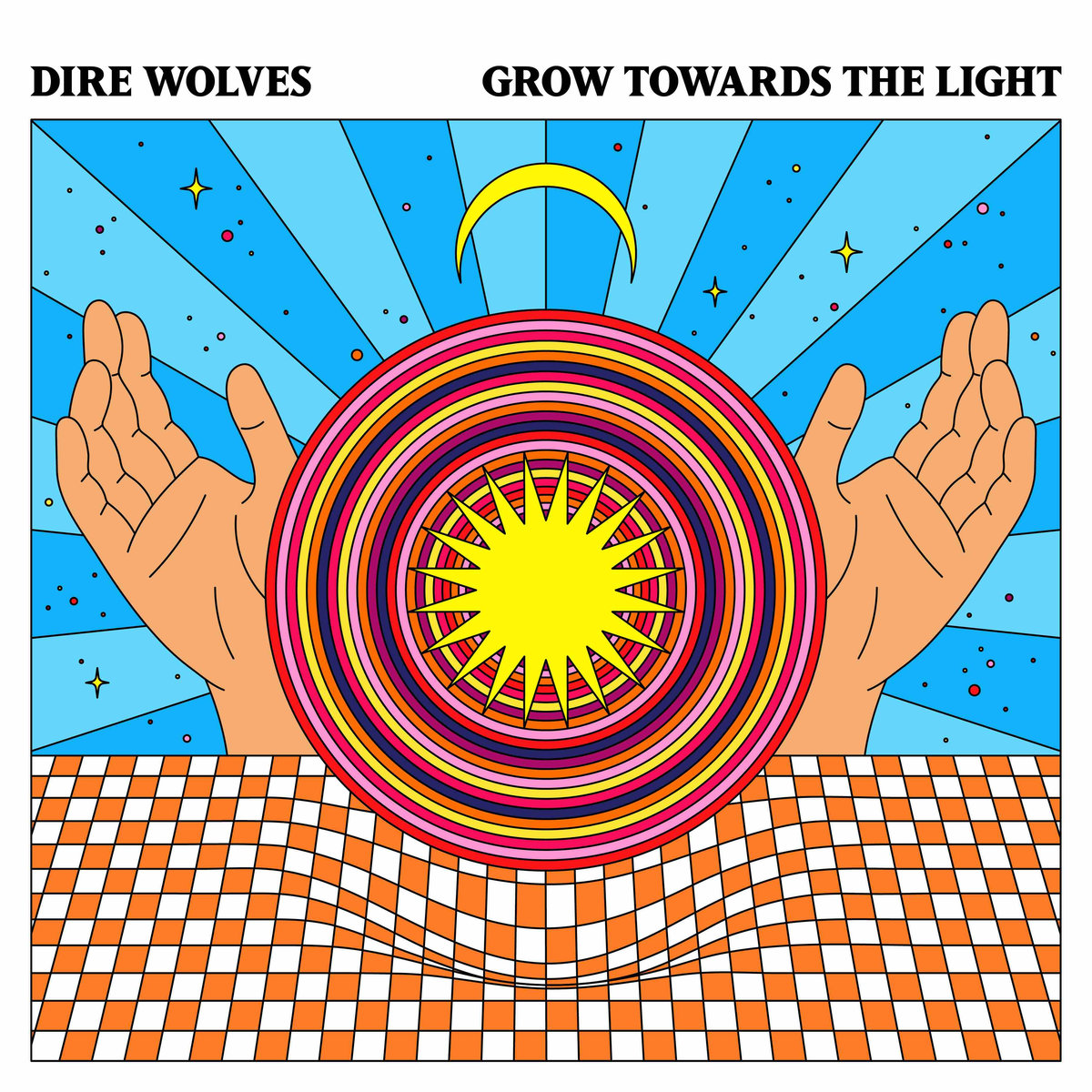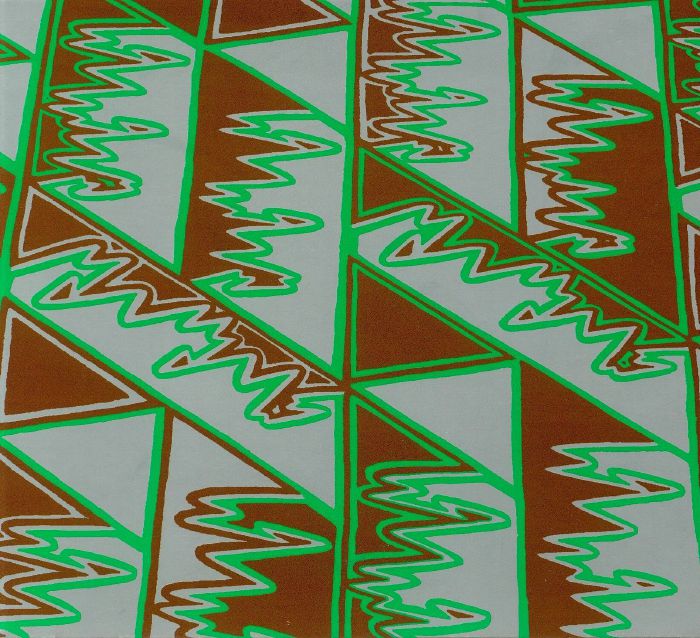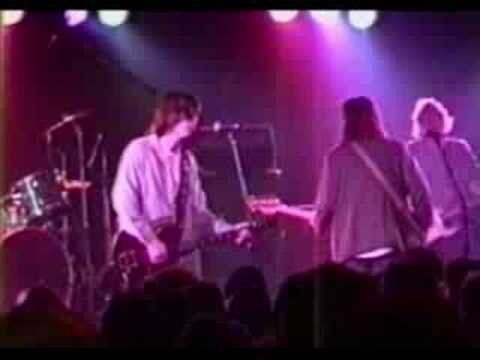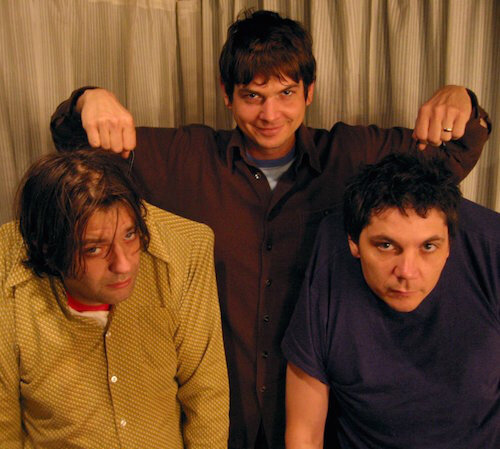Grateful Dead at the The Honky Chateau (06-21-71)
I found this little gem that most of you Heads have probably already seen, while searching the Youtubes for quality Pigpen videos and it’s simply too good not to share.
Credited as a “A Brokedown House Production,” the video switches between color and black and white and edits out any banter or tuning in between songs and is posted in two parts.
Apparently on a whim, the band flew to France in 1971 to play at a canceled festival. But they were housed at Château d’Hérouville, a a residential recording studio in Hérouville, France made famous by Elton John, who recorded three albums at their, (Honky Château, Don’t Shoot Me I’m Only The Piano Player and Goodbye Yellowbrick Road).
Lots of other famous people recorded there, including Marc Bolan, Gong, David Bowie, Pink Floyd, Bad Company, Iggy Pop, Fleetwood Mac. It was also also apparently once home to Chopin and Van Gogh. Though the Grateful Dead did not record there, they did end up playing an impromptu show in the in the backyard as documented by this great high quality video.
The video page doesn’t include the whole set played that night but only about an hour’s worth of material (which is still gold). You can stream the whole show at Live Music Archive. The video post itself doesn’t provide a whole lot of information, though one of the comments gives the following background, from Jerry, (which is easily confirmed as part of a Rolling Stone interview which later became the book: Garcia: Signpost To New Space), and the details jive with Dennis McNally’s account in A Long Strange Trip: The Inside History of the Grateful Dead.
“We went over there to do a big festival, a free festival they were gonna have, but the festival was rained out. It flooded. We stayed at this little chateau which is owned by a film score composer who has a 16-track recording studio built into the chateau, and this is a chateau that Chopin once lived in; really old, just delightful, out in the country near the town of Auvers-sur-Oise, which is where Vincent van Gogh is buried. We were there with nothing to do: France, a 16-track recording studio upstairs, all our gear, ready to play, and nothing to do. So, we decided to play at the chateau itself, out in the back, in the grass, with a swimming pool, just play into the hills. We didn't even play to hippies, we played to a handful of townspeople in Auvers. We played and the people came — the chief of police, the fire department, just everybody. It was an event and everybody just had a hell of a time — got drunk, fell in the pool. It was great."
Dennis McNally recounts the show in Long Strange Trip: The Inside History of the Grateful Dead. The band was supposed to play a festival in France, but:
“Upon their arrival, the Dead discovered that the festival had been rained out, and after a couple of days of killing time with fine wine and games of gennis at the 450-year-old chateau - the doors were noticeably lower than contemporary people required - they decided to throw a party and invited the townspeople of Hérouville. On the solstice, June 21, the weather cleared and they set up in back of the chateau near the pool, which the children of Hérouville had encircled with hundreds of candles. As Lesh recalled it, their guests included “the police chief, the fire chief, and the mayor . . . No Dead Heads - it was just boogie down . . . a little acid being passed around, not too much, just right, and of course, the Light Sound Dimension (light show) was there, Bill Ham . . . and they played too. We did our set, and they did their set. And they were great - we were all getting real high by that time,” Lesh said laughing. “It was outdoors at the chateau, right around the swimming pool . . . the classic garden party with the G.D. and the LSD. Talk about a piece of San Fransisco transplanted into the heart of France . . . “ Topped off with a round of dunkings in the pool begun by the police chief - Weir exacted the Dead’s revenge, of course, dunking him back - it was among the best parties the Dead had ever enjoyed.”
This was during the period when Mickey Hart had stepped away from the band after the bad juju that went down with his father stealing from the group and right around the time Lenny Hart was convicted, even though the band declined to press charges. So there’s only one drummer and Pigpen plays minimal keys. It’s a stripped down lineup ready to have fun.
Hank Harrison (estranged father of Courtney Love and one-time manager of the Dead) says in the book The Dead Book: A Social History Of The Grateful Dead:
“The Dead started to play just before the sky got dark, but their entire set was illuminated by bright lights from the Paris socialized television station Link Two, which rebroadcast the event the next week. Their film technique was flawless, as one would expect from a French film team; the camera people were completely unobtrusive on the musicians; the lights bugged Phil a little. Pig Pen just barely recovered in time to sing after downing his two bottles of duty free Wild Turkey… Weir was in fine primal scream voice, and Garcia settled into his trancelike lassitude from which emanates the famous electronic genius that is particularly his.
They played for three hours, and during this time the workers and the fire department and little children lit hundreds of candles and placed them around the pool as if it were a religious shrine… a Lourdes or place of healing waters. As the party progressed, the candles were extinguished by the bodies of of various drunken celebrants being thrown in the pool by other drunken celebrants. The Dead played louder and louder; the locals had never heard anything like it before and they were delirious.”
“Some parts of the Grateful Dead’s show at Hérouville were broadcast by ORTF on the Pop 2 TV show on July 24, 1971. A second portion from the set was broadcast on November 27, 1971. The video below is from a bootleg compilation of those two broadcasts that’s been going around for the past few years on Dime a Dozen and other torrent trackers.”
I’ve already provided a link to listen to the whole show for yourself here, but in case you weren’t paying attention, here it is again.
Video Tracklisting:
Morning Dew
Hard To Handle
China Cat Sunflower
I Know You Rider
Deal
Black Peter
Sugar Magnolia
Sing Me Back Home
There is another video that includes sections from this live video along with the interview segments featuring Jerry found at the end of this video. You can head over to Youtube and watch that one for yourself if you’d like as it doesn’t seem to include any additional live footage.
Visit the Grateful Dead’s official website.
Follow the Grateful Dead on Facebook.
Follow Grateful Dead on Twitter.
Stream the entire show at Live Music Archive.
Purchase Grateful Dead music on Amazon.
Purchase A Long Strange Trip: The Inside History of the Grateful Dead by Dennis McNally at Amazon.
Purchase The Dead book: A social history of the Grateful Dead by Hank Harrison at Amazon.






















